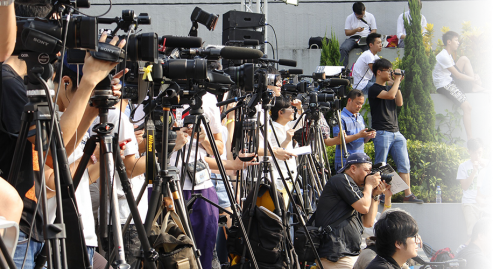The Centre for Media Pluralism and Media Freedom (CMPF) published a study of the so-called “news deserts” - areas that lack “sufficient, reliable, and diverse information from trustworthy media sources” - in Europe. The report results from an all-EU research project that assessed challenges and opportunities faced by local and community media outlets in the 27 Member States. The CMPF methodology includes such indicators as economic and political conditions, local journalists’ safety, the degree of media’s inclusiveness towards minorities and marginalized groups, and engagement with the audience. The report concludes with recommendations for the EU, Member States’ national and local authorities, media organizations, journalists, scholars, and other stakeholders. CMPF highlights an urgent issue to address - “the lack of data related to the economic and financial information for both local and community media, as well as locally focused audience measurements and more detailed research on trust, audience perspectives, perceptions and engagement within local media markets.”

